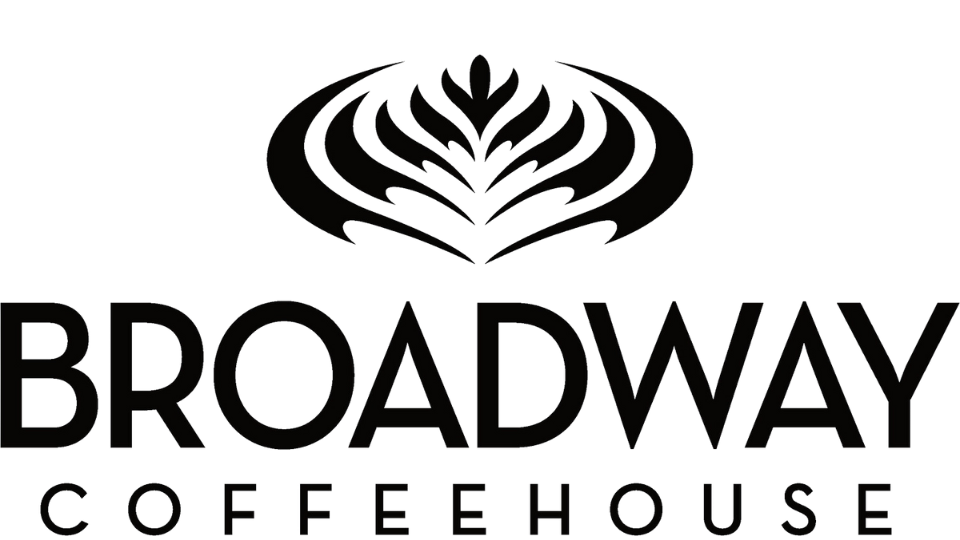Coffee 201
How To Taste Coffee: Part 2, Palate Development and Dialing In by Taste
OVERVIEW
Continuing our series about tasting coffee, this week we’re talking about “palate development”. We’ll start with a good process for dialing in and finish talking about the concept of palate development.
Dialing In By Taste
Espresso is something that you drink. This may seem obvious, but the fact that espresso is a thing intended to be drunk gives us a clue about the best way to dial it in. Just as a chef will constantly be tasting their dish and is adding certain ingredients “to taste”, so too should a barista be periodically checking in on the recipe of the coffee they’re serving to customers by tasting it. Tasting the coffee provides a reference point for what the recipe on the board is actually producing.
A Workflow
In this case, I’m actually not going to write much here (I know, passing the buck.) I would highly recommend that you watch James Hoffman’s video below. Sometimes, reading something written on a page is just not the optimal way to learn something. By watching James’ process of dialing in a medium roast coffee, you can see how he interacts with it real time, what he’s thinking about when he drinks the espresso and what changes it prompts him to make.
Even though the coffee he’s dialing in is a light roast coffee (so the dosage, among other things, are different) the kinds of questions he’s asking himself and the adjustments he’s making are going to hold true no matter what coffee you’re dialing in.
One helpful definition here: when James talks about a “recipe” he’s not necessarily referring to what is “right”. Instead, it’s more descriptive of what happened, how the espresso pulled. Maybe the coffee pulled to 42 grams in 27 seconds, or whatever. Maybe that recipe sucks. You don’t want to keep using it. You’d change the “recipe” to perhaps be 42 grams in 29 seconds, and you’d do that by changing the grind to be a bit finer. Recipe for espresso is never a fixed thing. When we find a recipe that works nicely for whatever espresso we currently have, we write it on the board to share that with the team, especially the next barista to dial in. But it might change, and that’s both ok and expected.
A note on Palate Development
Dialing in espresso and trying to taste differences can lead to feeling a bit out of your depth. It’s challenging to taste something and know exactly what’s going on, nevermind then using that information to make an informed decision about what adjustment to make. It’s for that reason I’d highly recommend that you dial in with somebody else. The collaborative nature of two people (or more) tasting espresso helps to calibrate our team and get us all on the same page when it comes to how we’re describing different coffees. It also helps catch that pesky “sour-bitter conflation” that I’ll be talking about next week.
Below is a short video from a few years ago of Ethan, one of our former assistant managers, now just a plain-old regular customer, talking about palate development and giving a word of encouragement! (Not all these posts will be so video heavy, but I know for some of you it’s helpful to see somebody do things or talk about things).
You guys can do this! I think every barista has a moment where a lightbulb turns on while tasting coffee and it makes more sense, and the only way to get there is to just keep tasting it and comparing it with what other people experience. We’re building vocabulary and familiarity, and that’s what matters.

